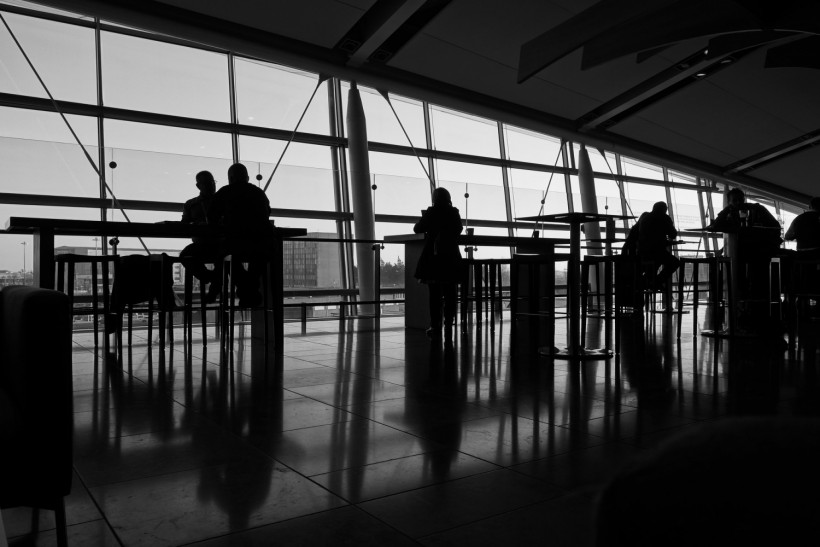In 2023, an autonomous robot or Ottobot may deliver an airport restaurant's food right to customers' doorstep.
Ottobot: Automated Delivery Service
The premise behind what is now known as Ottobot, a robot for delivery, sprung from a desire to assist restaurants to meet the heightened demand for takeout orders during the pandemic. According to IEEE Spectrum, this robot is armed with the capacity to move around indoor areas that the typical GPS cannot pierce through.
This technology is the handiwork of Ritukar Vijay, Ashish Gupta, Pradyot Korupolu, and Hardik Sharma. They are the four founders of the 2020 company Ottonomy. The startup company currently employs 40 individuals across India and the US.

As of now, Ottobot is exploring the restaurant terrain, postal services, groceries, and airports.
IEEE Spectrum notes how Vijay and the team focused on three keys: easiness-to-maneuver, accessibility, and full autonomy.
Vijay expresses how the robot is not there to take the place of the staff but that it is there to help them with their work. He mentions how it rewards them for seeing staff delighted to be assisted by the robot. It is also rewarding for them to see customers take delivery orders from their brainchild technology.
ALSO READ: Child Robot Nikola Can Convey Six Basic Emotions, But Humanoid Lacks a Body
Pursuing Autonomous Tech
During his rich exposure to electric car development, Vijay thought that developers focused more on the development of electric over autonomous cars. He decided to look for other narrowed applications. Then, he observed how restaurants and similar firms struggled to keep up with the demand for deliveries.
According to Vijay, with Ottobots, delivery costs can be reduced by around 70%, while carbon emissions for short-distance travel get reduced by around 40%.
Airport Applications of Autonomous Tech
According to Airport Industry Review, the team then partnered with Cincinnati Airport. The facility desired to expand customers' options by allowing them to access products from airport restaurants and stores at their doorstep. However, they could not find autonomous robots capable of moving through crowds without GPS accessibility.
In the place of the GPS, the Ottobot is armed with ultrasonic sensors, cameras, and 3D lidars.
Vijay notes how a safety option is added to the bot. This option allows staff members to manage the bot in case it finds it hard to move independently. This mechanism also informs engineers at Ottonomy if the bot is running on low battery power.
IEEE Spectrum notes how the founding team gained inspiration from wheelchairs powered by electricity. Ottobot's four wheels are activated and can move at the same time. This allows the bot to swerve, move laterally, and turn with zero radii.
This tech also enables the Ottobot to work outside of an airport environment. Its wheels can move the robot through curbs of sidewalks and other possible obstacles.
Ottobot's Delivery Details
According to Vijay, the time and pricing of deliveries depend on the location. However, on average, orders can be transported within 10 minutes. This is remarkably faster than the typical delivery time of 20 to 25 minutes.
When the bot reaches its destination, it notifies the customer's phone. It then scans the QR code of the person, which serves as the key to unlocking its compartment.
Pilot versions are run in Norwegian logistics and postal group Posten and the Rome Airport.
IoT World Today also reports that the company is working with Pittsburgh International Airport for a pilot run.
RELATED ARTICLE: Shapeshifting Robot 'Magnetic Slime' Developed to Search and Retrieve Inside Human Bodies
Check out more news and information on Tech and Innovation in Science Times.




![Earth's Quasi-Moon Kamo‘oalewa Could Originate From Lunar Surface Not Asteroid Belt [Study]](https://1721181113.rsc.cdn77.org/data/thumbs/full/53275/89/56/50/40/earths-quasi-moon-kamo-oalewa-could-originate-from-lunar-surface-not-asteroid-belt-study.png)









